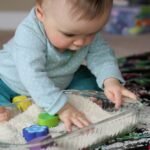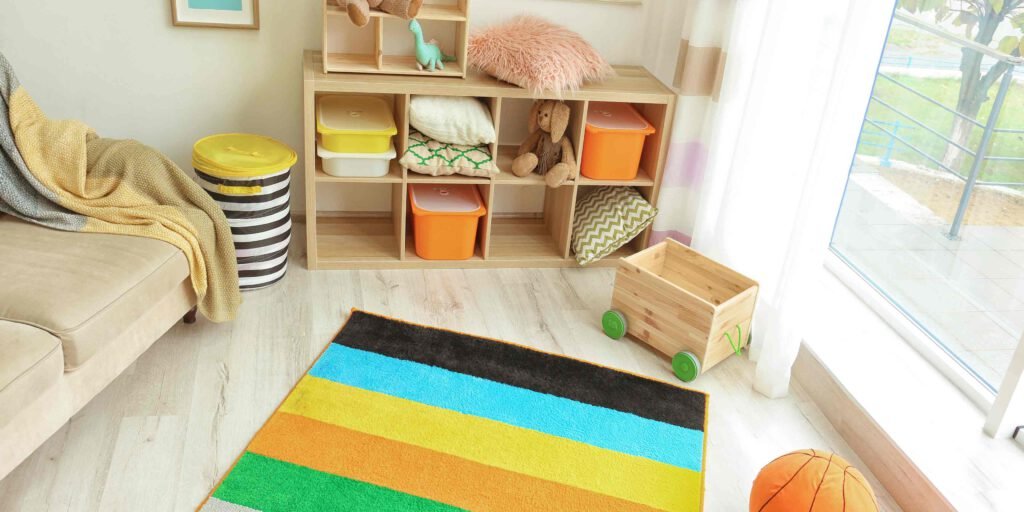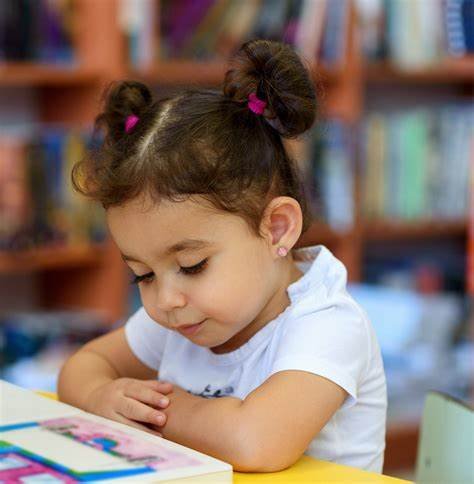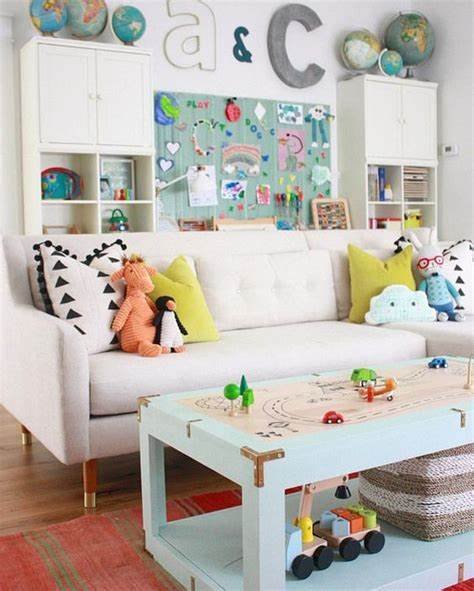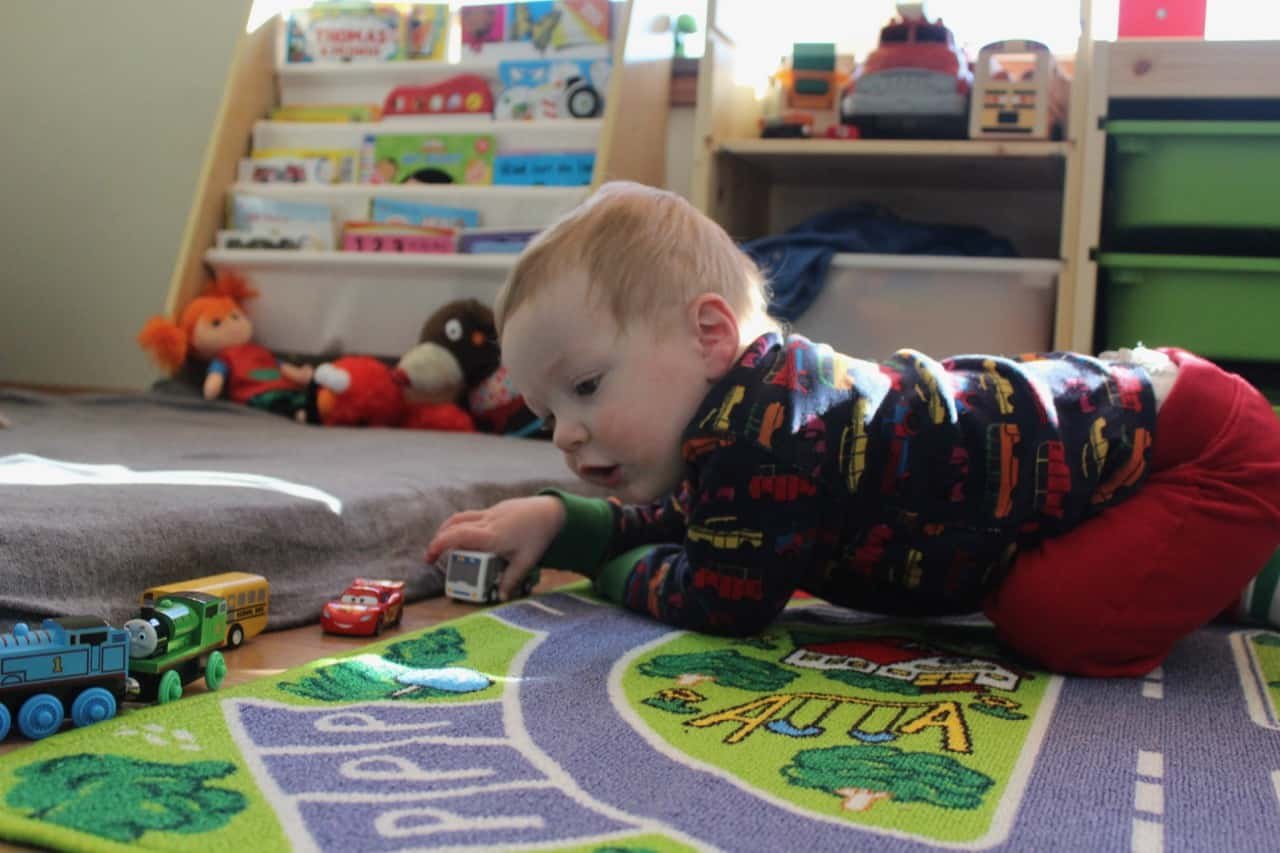Designing a play space that blends fun and education is a great way to encourage children to learn while they play. By integrating educational elements into their playtime, you can stimulate their curiosity, creativity, and cognitive development. Here’s how to create a play space that promotes both learning and fun.
1. Create Themed Learning Zones
One of the best ways to combine fun and education is by creating themed learning zones in the play space. Each zone can focus on a specific area of learning, such as:
- Art Zone: Include art supplies like crayons, paints, and drawing paper to help children develop creativity and motor skills.
- Reading Corner: Set up a cozy area with a variety of books for different age groups to encourage literacy and comprehension.
- STEM Station: Fill this area with building blocks, puzzles, or science kits that promote problem-solving and critical thinking.
These zones help keep playtime engaging while supporting learning in key developmental areas.
2. Incorporate Hands-On Learning Tools
Children learn best through hands-on activities, so it’s important to provide them with interactive tools that foster learning. Consider these options:
- Shape and Number Puzzles: These help develop problem-solving skills while teaching shapes, numbers, and logic.
- Magnetic Letters and Numbers: Use these to teach letter recognition, spelling, and early math skills.
- Sensory Bins: Fill bins with items like rice, sand, or water beads to explore textures and improve sensory development.
Interactive tools like these make learning fun and allow children to explore different concepts through play.
3. Use Educational Wall Décor
Transform your walls into educational resources by incorporating posters, charts, and visuals that teach important concepts.
- Alphabet Charts: Display colorful charts that show letters, animals, or everyday objects to support language development.
- World Maps: Include maps that introduce children to geography, cultures, and countries.
- Growth Mindset Quotes: Place inspiring phrases on the walls to encourage positive thinking and resilience.
Educational wall décor not only brightens the space but also reinforces learning in a subtle and engaging way.
4. Foster Creativity with Open-Ended Play
Open-ended play encourages children to use their imagination and creativity, which are important aspects of early learning. Provide them with materials that can be used in multiple ways, such as:
- Building Blocks: These can be used to construct towers, houses, or even abstract designs, enhancing spatial awareness and problem-solving skills.
- Loose Parts: Items like fabric, buttons, and rocks can be used in a variety of ways, stimulating creativity and fine motor skills.
- Dress-Up Clothes: Offering a selection of costumes encourages imaginative play, helping children practice social and emotional development.
Open-ended play not only enhances creativity but also helps children understand how to use their resources to create, solve problems, and think critically.
5. Use Technology Wisely
While hands-on play is essential, educational technology can also play a role in supporting learning in a modern play space.
- Interactive Tablets: Use age-appropriate educational apps to teach subjects like math, reading, and science.
- Learning Videos: Opt for short, engaging educational videos that teach new concepts through animation and storytelling.
- Smart Toys: Invest in smart toys that teach coding, shapes, and colors through interactive features.
By incorporating technology in moderation, you can enhance the learning experience while ensuring playtime remains fun and stimulating.
6. Encourage Physical Activity
Physical play is essential for children’s growth and development. A play space should also have areas for active learning through movement.
- Balance Beams or Small Climbing Structures: These encourage motor skill development, balance, and coordination.
- Music Instruments: Instruments like drums, maracas, or xylophones promote rhythm, listening skills, and hand-eye coordination.
- Active Games: Provide toys like balls or jump ropes to help improve coordination and fitness.
Physical activity in the play space supports overall health and helps kids build strength, coordination, and confidence.
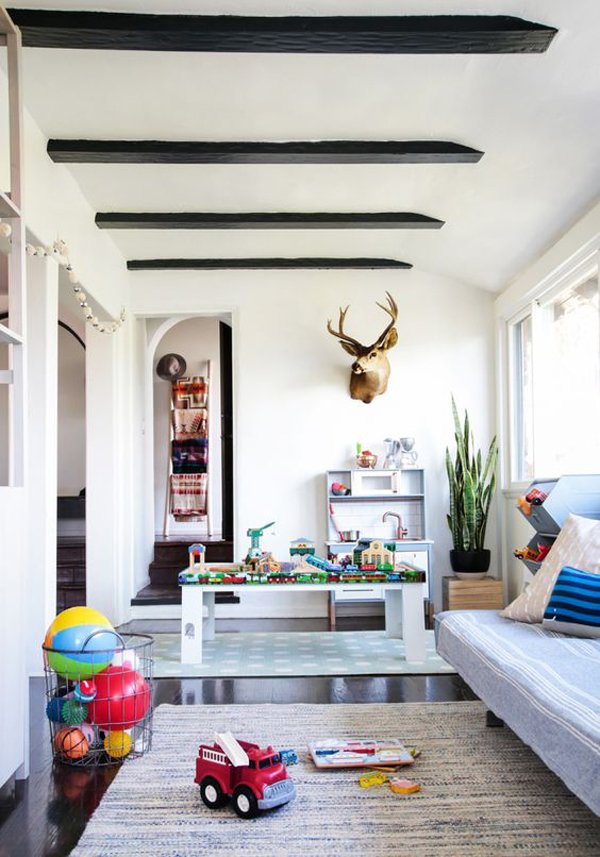
7. Organize Playtime with Routines
Establishing a daily or weekly routine within the play space helps children understand structure and boosts their sense of security.
- Learning Time: Set aside specific times for reading or educational activities to create a balanced schedule.
- Free Play: Allow ample time for imaginative play to give kids the freedom to explore and express themselves.
- Group Activities: Include time for collaborative play that fosters teamwork and communication.
Routines create a predictable and supportive environment that encourages learning and helps children develop time management skills.
8. Involve Nature in Play
Nature provides endless opportunities for learning and discovery. If possible, incorporate natural elements into your play space.
- Nature Walks: If you have outdoor space, organize walks to explore plants, insects, and animals, teaching kids about the environment.
- Indoor Plants: Use plants to teach children about nature, responsibility, and how things grow.
- Natural Materials: Use natural materials like wooden blocks or stones to encourage creativity and provide sensory experiences.
Connecting kids with nature fosters curiosity about the world and enhances their learning through exploration.
Conclusion
Creating a play space that combines fun and education is an effective way to support your child’s growth and development. By offering a mix of interactive, creative, and physical activities, you can foster an environment where learning happens naturally. With these tips, your play space will become a place where fun and education go hand in hand, helping your child thrive.



